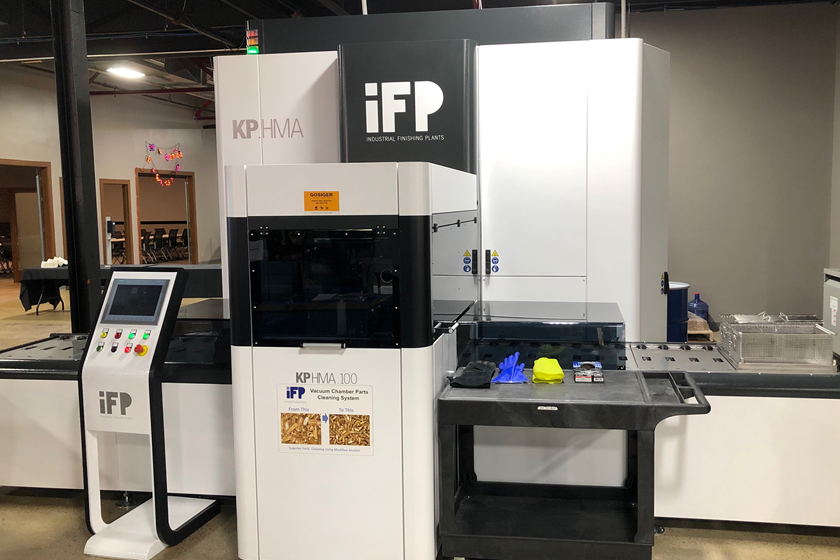Crystals in the Nickel Tank
A crystalline material has formed in the bottom of the nickel tank after its six-month cleaning. What is it?
Q. When we recently pumped out our nickel tank for its six-month cleaning, we found a couple inches of crystalline material in the bottom of the tank. My plating supervisor says that it's nickel sulfate, but I don't agree. We use a Watts nickel bath that is continuously filtered. What is this material? –B.K.
A. You are certainly correct; your plating supervisor is not. The crystalline material is most likely boric acid. Boric acid has a concentration of approximately 4 ounces per gallon in cold baths and tends to drop out of solution. I assume that they allow the bath temperature to drop over the weekend or when not in use. When you bring the plating bath back up to operating temperature, the boric acid is slow to redissolve. To verify this, send out a sample of the crystalline material for analysis.
Featured Content
The quality of the boric acid also makes a difference. In one such case a plating shop had a 2,400-gallon Watts nickel bath that was not used during the weekend. The air lines used for agitation of the bath plugged up over the weekend and large crystals formed in the plating bath. In addition, staining would occasional occur after the nickel-plated parts were plated in a tri-chrome bath. This crystallization had not been observed earlier. The boric acid was immediately suspected, but why all of a sudden did greater amounts of crystals form? It turned out that the supplier of the boric acid had changed its vendor a short time prior to this problem appearing.
To test the whether the boric acid was the culprit, two Watts bath were made up, one using the previous brand of boric acid and one using the new brand of boric acid. Identically sized samples were taken from each bath and allowed to cool overnight. The sample with the original brand of boric acid contained approximately 30 cc of precipitate while the sample containing the replacement brand of boric acid contained approximately 160 cc of precipitate. The shop went back to using the original brand of boric acid and the plugging and staining disappeared.
Bottom line: The quality of chemicals used in your plating baths can and does make a difference.
RELATED CONTENT
-
Sizing Heating and Cooling Coils
Why is it important for you to know this?
-
Cleaning, Pretreatment to Meet Medical Specs ISO 13485 or FDA 21 CFR820
Maximilian Kessler from SurTec explains new practices for industrial parts cleaning, metal pretreatment and decorative electroplating in the medical device industry.
-
A Chromium Plating Overview
An overview of decorative and hard chromium electroplating processes.



















